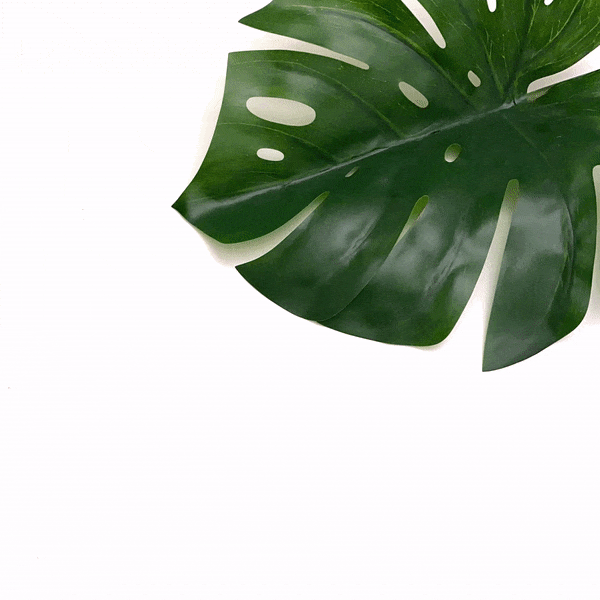Natural Light vs Artificial Light
We preach this over and over again: lighting is key when it comes to creating professional looking stop motions but what lighting is best when it comes to natural light vs artificial light for stop motion? While in photography, it comes down to preference although many gravitate towards natural light ☀️ because hey, it’s free, you can find it everywhere. But when it comes to a lighting setup for stop motion videos, it’s a little more complex because stop motion is comprised of still images. The lighting setup for stop motion video is different from a regular motion video capture.
When it comes to stop motion video, we recommend 💡 artificial light 💡, 100% because this is a controlled light source. This is because natural light (such as sunlight through a window) shifts so you can’t control it. The sun goes in and out behind the clouds, or it moves completely. This creates inconsistent lighting across the frames of your animation. Not only will the exposure change, but the movement of the shadows will change as the sun moves. What this does (apart from being annoying) is create a flickering light look in your stop motion. The goal with stop motion is to make the smoothest video possible, and natural daylight is hard to use.
Here is an example of what can happen when you create a stop motion video with natural light vs artificial light.
Now we’re not saying you can’t use natural light at all for stop motion but it makes it much more difficult because you’ll be racing with the sun and cloud as you’re shooting.
So what about hyperlapse videos?
The only type we recommend using natural light is when you’re creating hyperlapse videos. Hyperlapse videos are typically shot outside, and instead of the product moving, you with your camera is moving. We recommend shooting them quick and hope that there’s consistent lighting, or if you have the option to capture on a day where it’s overcast or there’s not a ton of clouds in the sky!
Here’s an example of a hyperlapse shot outside on a sunny day! Keep in mind that we shot this in under 10 minutes and you can see there were no clouds in the sky.
We hope this post clears up why we recommend artificial light vs natural light when it comes to stop motion. Be sure to watch our Life Lapse 101 series on lighting, backdrops and tripods where you learn how to use household lamps as a light source, how to avoid shadows for indoor photography, direct vs diffused lighting and more!
Follow us at @lifelapse_app on Instagram to get the latest stop motion inspo to bring your feed to the next level.




